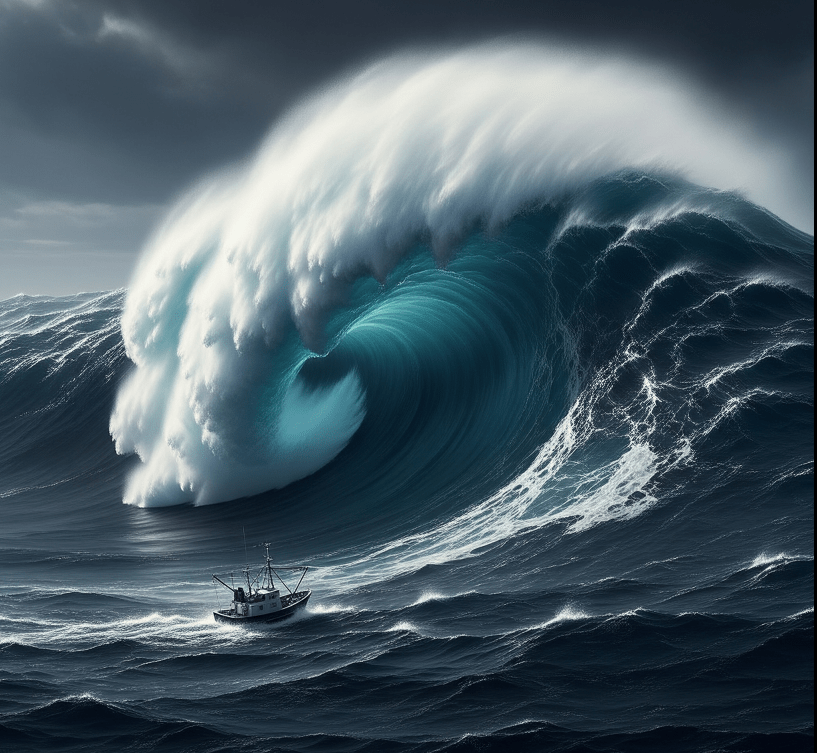
Newsletter Subscribe
Enter your email address below and subscribe to our newsletter

Enter your email address below and subscribe to our newsletter

The ocean is capable of producing waves of unimaginable size—some reaching heights rivaling skyscrapers. These monster waves, whether generated by hurricanes or appearing as rogue waves, are among the most terrifying and destructive forces of nature. With recorded heights exceeding 100 feet in extreme cases, they pose a lethal threat to even the largest ships. This article explores how these waves form, their devastating effects, and the science behind predicting them.
Hurricanes and typhoons unleash 150+ mph winds, transferring colossal energy into the ocean. The resulting waves can grow to staggering heights:
Unlike hurricane waves, rogue waves appear suddenly and unpredictably, often doubling the height of surrounding swells. Key facts:
A 50+ foot wave can exert millions of tons of pressure, enough to:
Hurricanes create cross seas—waves coming from multiple directions—making navigation nearly impossible. Ships caught in these conditions face:
Rogue waves strike without warning, leaving ships mere seconds to react. Modern radar helps, but forecasting remains unreliable.
While no vessel is completely safe, modern engineering improves survival chances:
Still, freak waves like the Queen Mary’s 92-foot near-capsizing (1942) prove that even the largest ships are vulnerable.
Scientists are using advanced tools to study monster waves:
Despite progress, the ocean’s raw power ensures that monster waves will remain one of nature’s most formidable dangers.
From hurricane-generated 100-foot behemoths to sudden rogue waves, the ocean’s monster swells are a reminder of nature’s untamed force. While technology improves detection and ship safety, these waves continue to challenge human understanding—and survival—at sea